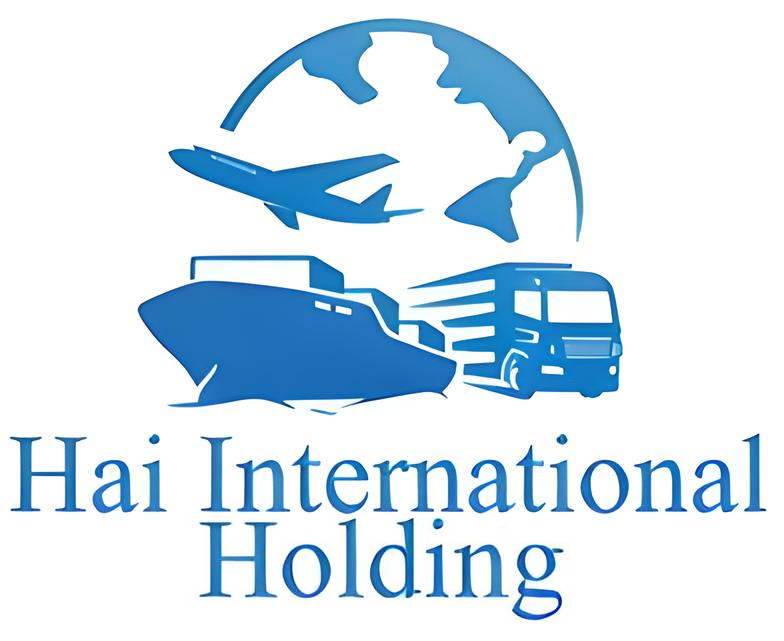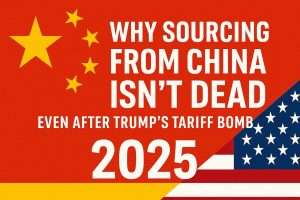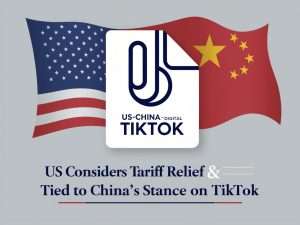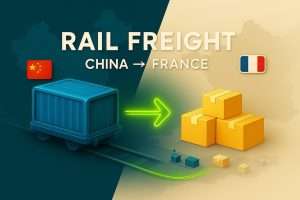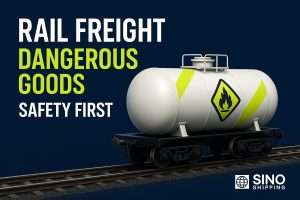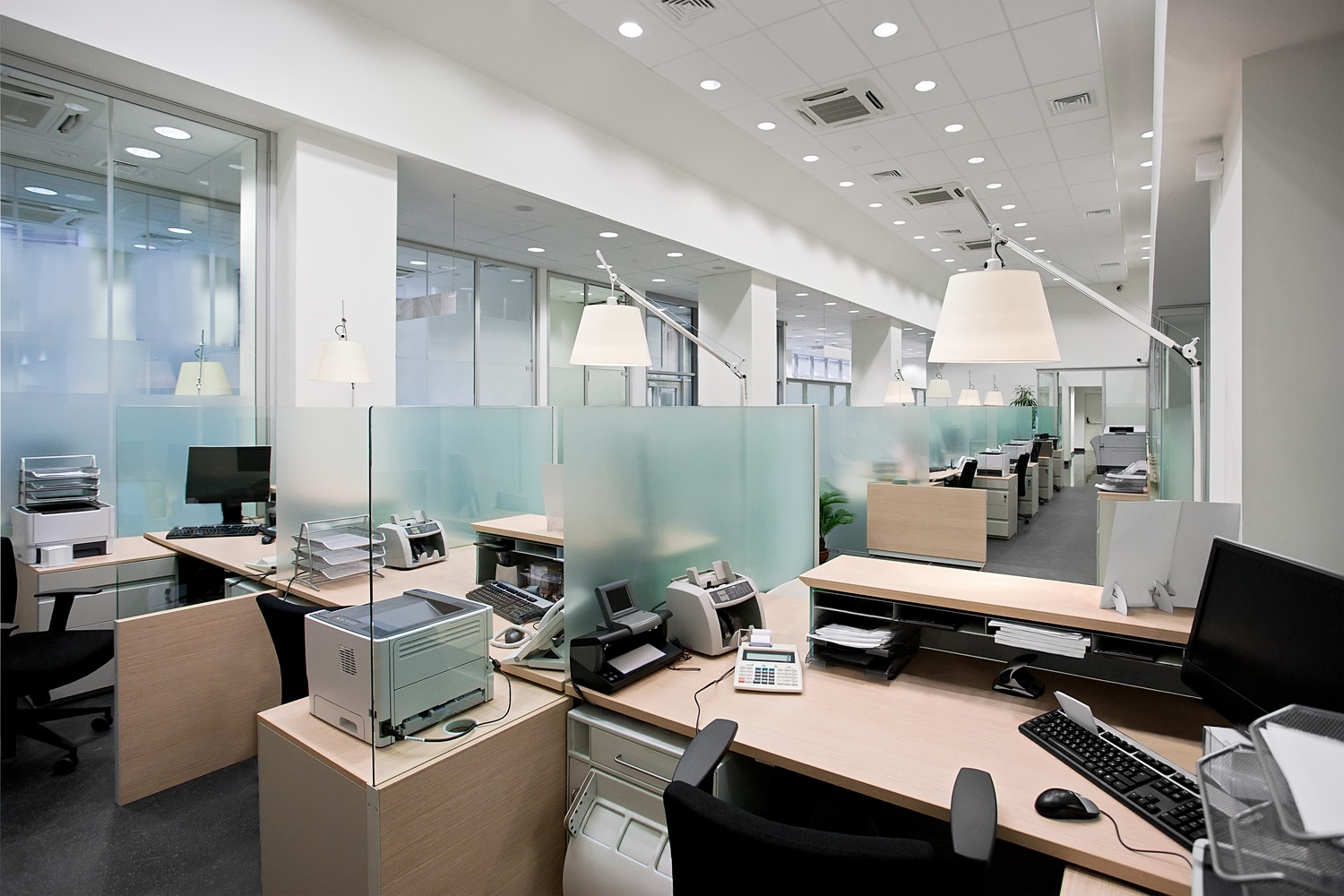Introduction
Why China Dominates the Global Fabric Market
China’s position as a global powerhouse in the fabric market isn’t a mere coincidence. It’s the result of decades of industrial evolution, a rich history in textile craft, and an infrastructure optimized for mass production. Back in 2018, China’s textile exports were worth a staggering $119 billion, making it the world’s largest textile exporter. This dominance is underpinned by three critical factors:
- Historical Expertise: China has been a hub for textiles since ancient times, from the invention of silk to the mass production of cotton and synthetic fabrics.
- Massive Infrastructure: Cities like Keqiao and Guangzhou have entire districts dedicated to fabric production, sales, and export, making the supply chain incredibly efficient.
- Governmental Support: With favorable policies, subsidies, and trade agreements, the Chinese government has propelled the industry to global prominence.
The Rising Demand for Quality and Affordable Textiles
In today’s global economy, the demand for both quality and affordability is paramount. And this is where Chinese textiles shine the brightest. For instance, in the last five years, there’s been a 15% increase in global demand for affordable high-quality textiles, and China has been at the forefront to meet this surge. Here’s why:
- Economies of Scale: Given the vast production capacities, manufacturers can offer premium fabrics at competitive prices. Take, for example, the Zhejiang Province, which alone churns out millions of meters of fabric daily, optimizing costs.
- Innovation and R&D: Chinese factories aren’t just about mass production. Places like the Suzhou Silk Research Institute have been pivotal in pioneering fabric innovations, combining tradition with modern technology.
- Diverse Offerings: Whether it’s the luxury of silk from Hangzhou or the durability of denim from Xintang (the “Jeans Capital” of the world), China’s diverse fabric offerings cater to a broad spectrum of demands.
Fabric Varieties and Types in China
Traditional Chinese Fabrics: Silks, Brocades, and Linens
When it comes to textile history, few can rival the legacy China has built over millennia. The majestic Han dynasty witnessed the development and proliferation of silks that were sought after across ancient trade routes. China’s mastery over silks, especially, set it apart as a major player in the global scene. Moving to brocades, these intricately woven fabrics, known for their raised patterns, often reflect tales of dynasties past, embodying the cultural essence of regions like Sichuan. As for linens, the cooling, breathable properties of this fabric made from the flax plant have made it a choice material in China’s humid regions for centuries.
Modern Innovations: Polyester Blends, Sustainable Materials, and Technical Fabrics
Transitioning from age-old traditions, China has been equally assertive in embracing the new era of textiles. Polyester, a synthetic fabric known for its durability and wrinkle resistance, has seen massive production scales, especially in provinces like Zhejiang. Sustainability, a word that’s reshaping industries, has found its advocate in China’s sustainable materials like bamboo fabrics and recycled polyesters. Lastly, in the realm of technical fabrics, China has delved deep into R&D, creating textiles with water resistance, UV protection, and even fabrics imbued with nanotechnology for varied functionalities.
Regional Specialties: From Guangzhou Cottons to Hangzhou Silks
Geography often influences craft, and in China’s vast expanse, this statement rings especially true. Guangzhou, located in the subtropical region, became a hub for cotton production, with its cotton known for its softness and durability. On the eastern front, Hangzhou, also dubbed the ‘Home of Silk’, has preserved the tradition of silk-making, producing some of the world’s finest silks, renowned for their luster and rich texture. Each region, with its unique climate and history, contributes distinctively to China’s vast fabric tapestry, making it a diverse and integral player in the global textile arena.
Identifying and Partnering with Top Fabric Suppliers
Key Factors to Consider When Choosing a Fabric Supplier
Navigating the vast landscape of fabric suppliers in China can be daunting. But by focusing on specific factors, you can streamline your choices and make informed decisions. First, credibility is paramount. Investigate potential suppliers’ track records, certifications, and reviews. The tenure of their operation often hints at their reliability. Second, consider production capacity. Can they meet your demands, especially during peak seasons or unexpected surges? A supplier’s infrastructure speaks volumes about their capabilities. Lastly, don’t neglect the communication aspect. Seamless interaction, responsiveness, and transparency are vital in fostering a sustainable partnership, ensuring your requirements are clearly understood and met.
Tips for Negotiating the Best Deals and Quality Guarantees
Mastering the art of negotiation can be the difference between a good deal and a great one. Start by gaining market insights. Understand the prevailing prices, trends, and market dynamics. This knowledge positions you for more robust discussions. Next, always be ready to discuss volume-based discounts. Suppliers often provide favorable prices for bulk orders, but you might have to initiate the conversation. Lastly, don’t merely focus on cost; prioritize quality assurance. Clearly define quality parameters, request samples, and possibly even schedule factory visits. By ensuring the quality up front, you mitigate potential issues down the line, saving both time and resources.
Leveraging Online Platforms and Trade Shows to Find Reputable Suppliers
The digital age has transformed the supplier discovery process. Platforms like Alibaba and Global Sources offer a plethora of supplier options, complete with ratings, reviews, and product catalogs. However, it’s essential to exercise due diligence: verify suppliers, request samples, and perhaps even opt for third-party inspection services. On the physical front, trade shows remain a goldmine. Events like the Canton Fair or the Intertextile Shanghai Apparel Fabrics Show provide a tangible experience, allowing you to meet suppliers face-to-face, inspect products firsthand, and build potentially long-lasting business relationships.
A Deep Dive into Fabric Quality and Pricing
Recognizing High-Quality Fabrics: Texture, Weave, and Finish
When it comes to the textile industry, the devil truly is in the details. Recognizing high-quality fabrics hinges on a combination of texture, weave, and finish. The tactile sensation, or the hand feel, of a fabric often provides the first hint. Luxurious fabrics such as mulberry silk or Egyptian cotton have a distinctly soft and smooth texture, setting them apart from their lower-grade counterparts. The intricacy and consistency of the weave, visible in fabrics like jacquard or satin, further attest to a fabric’s caliber. Finally, the finish – whether it’s a glossy sheen on a premium silk or the even dye on a top-notch denim – completes the quality trifecta. Savvy businesses often invest in training or consultants to ensure they can discern these subtle distinctions.
Cost Analysis: Why Chinese Fabrics Offer Competitive Pricing
Understanding the affordability of Chinese fabrics requires peeling back the layers of the supply chain. China’s expansive infrastructure, from vast cotton farms in Xinjiang to sprawling factories in Shenzhen, allows for economies of scale, driving down per-unit costs. Furthermore, government initiatives and favorable policies have catalyzed local industries, ensuring optimal conditions for cost-effective production. Lastly, with decades, if not centuries, of textile expertise, Chinese manufacturers have honed techniques to reduce wastage, optimize labor, and ensure efficient production, all of which culminate in competitive pricing without compromising on quality.
Common Pitfalls and How to Avoid Paying More for Lesser Quality
In the vast ocean of textile options, it’s easy to make missteps. One common pitfall is being swayed by misleading labels. For instance, not all ‘Egyptian cotton’ products come from Egypt; the label often refers to the type of cotton and not its origin. Another frequent error is neglecting to check fabric weight, a key determinant of durability, especially for fabrics like denim. Additionally, while digital color representations are handy, they can sometimes be misleading. Always request physical samples when in doubt. Equipped with knowledge and a discerning eye, businesses can navigate the textile marketplace with confidence, ensuring they receive genuine value for every dollar spent.
The Logistical Aspects of Importing Fabric from China
Shipping Methods: Air Freight vs. Sea Freight vs. Rail
In the world of fabric importation, shipping can make or break your experience. The choice between air freight, sea freight, and rail is influenced by various factors. For time-sensitive deliveries or smaller batches, air freight may seem appealing due to its speed, but it’s also the priciest option. On the opposite spectrum, sea freight offers capacity for bulk shipments at a cost-effective rate, although it takes longer—sometimes up to several weeks depending on the route. Recently, the Belt and Road Initiative has amplified rail as a viable alternative, merging the best of both worlds—faster than sea and more affordable than air, particularly for landlocked countries in Europe and Asia. Each method comes with its own set of challenges and benefits, and the choice largely hinges on your specific needs and budget constraints.
Customs and Duties: What to Expect and How to Prepare
One can’t broach the subject of importation without touching on the inevitable: customs and duties. Different countries have varying regulations and tariffs on textile imports, and it’s crucial to be abreast of these nuances. For instance, the U.S. Harmonized Tariff Schedule (HTS) classifies fabrics under different codes, each attracting specific duty rates. Preparation is key: always have the necessary documentation, like the Bill of Lading or Certificate of Origin, at hand to avoid hiccups. And remember, while duties might seem burdensome, they’re in place to protect local industries and ensure fair trade practices. Hiring a knowledgeable customs broker or consultant can ease the process, ensuring you’re neither overpaying nor underprepared.
Packaging and Storage Considerations for Different Fabric Types
The journey from a factory in Shanghai to a storefront in Paris is long, and how fabrics are packaged can determine their condition upon arrival. Delicate fabrics like silk or cashmere require moisture-resistant packaging, ensuring they don’t arrive damaged or moldy. On the other hand, bulkier fabrics like upholstery materials benefit from vacuum-sealed bags that maximize space. Moreover, storage during transit is just as pivotal. Containers should be climate-controlled to prevent fabrics from harsh environmental factors. Also, always ensure your supplier understands your packaging needs, and maybe even request photos before shipment. After all, the integrity of the product during its journey is just as crucial as its quality at the source.
The Role of Freight Forwarders in Fabric Imports
Advantages of Partnering with Experienced Freight Forwarders
In the intricate dance of global fabric trade, freight forwarders play a pivotal role, acting as the choreographers ensuring every step is in sync. Partnering with experienced forwarders offers a myriad of advantages. For starters, they possess an in-depth understanding of global shipping regulations and can navigate the labyrinth of customs documentation with finesse. Moreover, with their vast networks, they can secure competitive shipping rates, ensuring your fabrics arrive promptly without breaking the bank. But perhaps the most salient benefit is peace of mind. Knowing that seasoned experts are overseeing your shipments alleviates the stress of potential mishaps, allowing businesses to focus on what they do best: crafting stellar products from these fabrics.
HAI International Holding: A Case Study in Excellence
When discussing freight forwarders’ prowess, HAI International Holding inevitably comes into focus. With its roots in China, this freight forwarder has carved a niche in the realm of fabric transportation. Their forte? A seamless blend of local expertise and global outreach. HAI International Holding understands the nuances of Chinese fabric markets and manufacturers, facilitating smooth pickups and transfers. Furthermore, their partnerships with major global shipping lines ensure timely deliveries. A testament to their excellence is their transparent tracking system, allowing clients to monitor their fabric consignments in real-time. HAI International Holding exemplifies how a freight forwarder can elevate the fabric importing experience from good to exceptional.
Overcoming Common Shipping Challenges: Delays, Damages, and Documentation
Navigating the fabric importation seas isn’t always smooth sailing. Delays can arise from unforeseen port congestions or adverse weather conditions. Fabrics, especially delicate ones, are susceptible to damages from improper handling or packaging. And the maze of documentation required for international shipments can be daunting, with missed paperwork leading to costly hold-ups. This is where freight forwarders truly shine. With their contingency plans for delays, rigorous checks to prevent damages, and meticulous approach to paperwork, they combat these challenges head-on. Engaging with a proficient forwarder turns these potential pitfalls into mere bumps, ensuring a smooth ride for your prized fabrics.
Regulatory Compliance and Legalities in Fabric Imports
Key Documentation Needed for Smooth Fabric Import
Dipping your toes into the fabric importation waters without the right paperwork is akin to setting sail without a compass. Having the correct documentation in place ensures your fabric consignments don’t get entangled in customs, leading to costly delays. Essential documents include the Bill of Lading, which acts as the shipment’s receipt and ownership title, and the Certificate of Origin, verifying the fabric’s source country. For many countries, an Import License and Fabric Analysis Report might also be mandatory, certifying the material’s composition and quality. The golden rule? Always liaise with your freight forwarder and local customs office to ensure no document slips through the cracks.
Understanding International Trade Agreements and Their Impact
In the tapestry of fabric imports, international trade agreements are the threads that either smooth out or complicate the process. For instance, the China-Australia Free Trade Agreement (ChAFTA) significantly reduces tariffs on textiles imported from China to Australia, making Chinese fabrics more competitive. Conversely, a lack of such agreements can increase the fabric’s final cost due to heftier duties. Staying updated with these agreements helps businesses forecast their costs better and plan their sourcing strategies. Furthermore, it’s not just about costs; these agreements can also dictate quality standards and environmental compliance, further influencing your choice of fabric and supplier.
Safeguarding Against Intellectual Property Theft and Fabric Counterfeits
The fabric industry, rich in designs and innovations, isn’t immune to the shadows of intellectual property theft and counterfeiting. Imagine the dismay of seeing your uniquely designed fabric being replicated and sold at a fraction of its price. To guard against such infringements, businesses should consider patenting their designs or securing trademark protections. Similarly, when importing, due diligence is essential. Always source fabrics from reputed suppliers and request authenticity certificates. Additionally, employ third-party quality checks to ensure you’re not receiving counterfeit or sub-par quality fabrics. In the world of fabric imports, vigilance and proactivity aren’t just virtues; they’re necessities.
Conclusion
Summarizing the Roadmap to Successful Fabric Imports
In the vast world of textiles, China has etched its dominance with an enviable combination of quality, diversity, and affordability. But importing fabric isn’t merely about selecting a pretty pattern and waiting for its delivery. It’s a meticulously woven tapestry of research, supplier negotiation, understanding trade dynamics, ensuring quality, and navigating through logistical intricacies. Treading this path demands not just capital but also knowledge, patience, and agility. As we’ve unraveled through our exploration, every thread, from choosing the right fabric type to ensuring compliance with international standards, holds pivotal importance in the grander scheme of things.
Encouraging Proactive Learning and Adaptation in the Ever-evolving Fabric Industry
The fabric industry, much like the textiles it produces, is in a constant state of flux, with new trends, innovations, and trade stipulations emerging at every bend. This dynamic nature isn’t a challenge but an invitation—an invitation to continuously learn, adapt, and innovate. Businesses that keep their fingers on the industry’s pulse, fostering relationships with experts like freight forwarders and constantly adapting to shifts, are the ones that don’t just survive but thrive. Remember, in the world of fabric imports, it isn’t the strongest or the most intelligent who will succeed, but those most responsive to change. Embrace the weave and warp of the industry, and you’ll surely craft a success story worth its weight in gold.
FAQs: Addressing Common Queries on Fabric Imports from China
Differences between Direct Factory Sourcing and Trading Companies
Navigating through the world of imports often presents a bifurcation: should you opt for direct factory sourcing or lean on trading companies? At its core, direct factory sourcing lets you establish a direct line of communication with the manufacturer, potentially resulting in better prices and heightened transparency. On the other hand, trading companies act as intermediaries, bringing a plethora of options under one roof. While they might add a markup, they often simplify the complexities of cross-border trading, especially beneficial for newcomers in the fabric import arena.
Handling Disputes and Ensuring Product Quality
No matter how meticulous your preparations, the unpredictability of international business means disputes can arise. The key lies not in avoidance but in effective resolution. Establishing clear contracts, maintaining open channels of communication, and leaning on third-party quality inspection services can significantly reduce discrepancies. When sourcing fabrics from China, it's imperative to emphasize quality checks and regular inspections. After all, your brand's reputation hinges on the consistent quality of the products you offer.
Environmental and Sustainability Considerations in Chinese Fabric Production
As the world gravitates towards sustainability, the fabric industry isn't immune. China, being a global textile hub, has been at the forefront of sustainable fabric innovations. From water-saving dyeing techniques to the introduction of organic and recycled materials, Chinese manufacturers are increasingly embracing green practices. Importers should, however, be discerning and verify claims through certifications and onsite inspections. A sustainable approach isn't just an ethical choice but can also resonate with eco-conscious consumers, amplifying brand appeal.
The Role of Certifications and Audits in Ensuring Ethical Fabric Sourcing
In a world where consumers demand transparency, certifications and audits aren't mere badges but crucial trust signals. From OEKO-TEX certifications ensuring harmful substance-free fabrics to Fair Trade labels vouching for ethical labor practices, these certifications act as a testament to a manufacturer's commitment to quality and ethics. Regular audits, be it internal or third-party, further ensure that these standards are consistently met. For importers, partnering with certified manufacturers can be a defining factor in brand credibility and consumer trust.
Tips for First-Time Importers to Ensure a Hassle-Free Experience
Embarking on the fabric import journey from China can seem daunting, but with the right approach, it can be seamless. Start by building relationships rather than mere transactions. Understand the cultural nuances, and when in doubt, seek clarity. Leveraging platforms like Alibaba or attending trade fairs can offer a gateway to potential suppliers. Always prioritize due diligence, from vetting manufacturers to understanding the regulatory landscape. Remember, in the world of imports, knowledge isn't just power; it's the bedrock of success.
